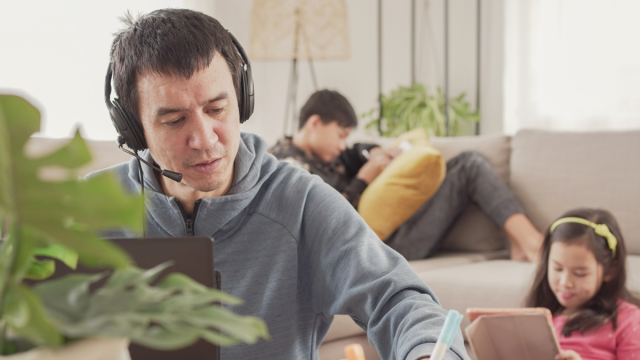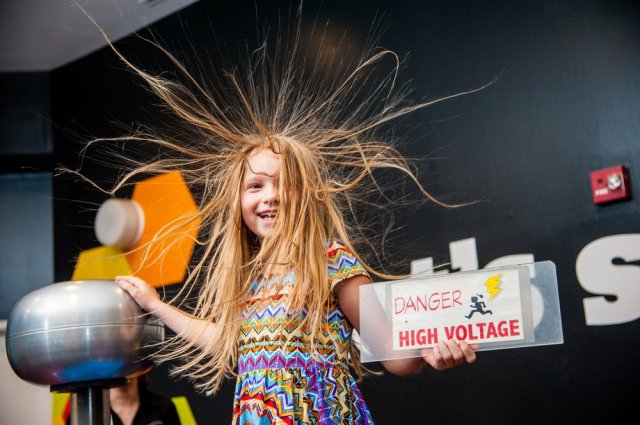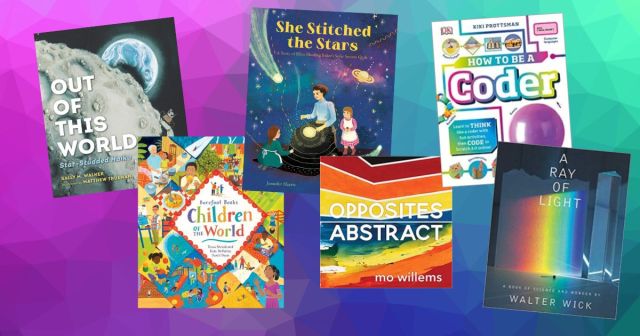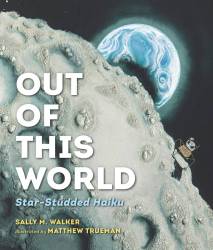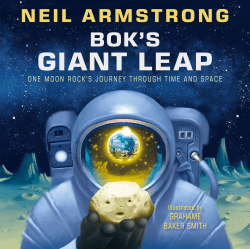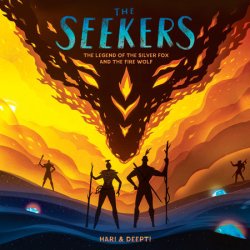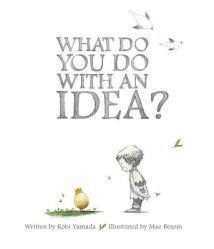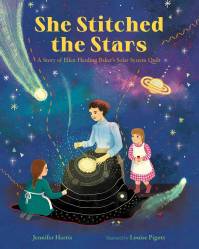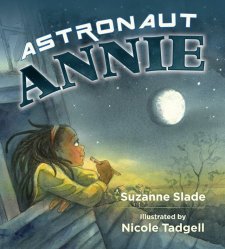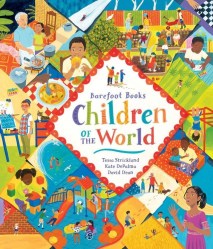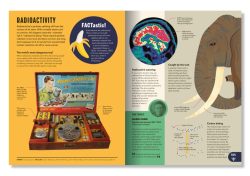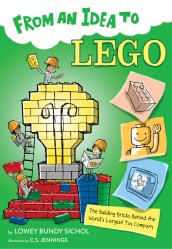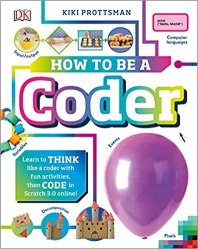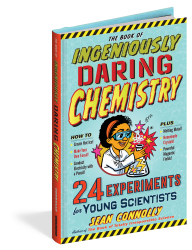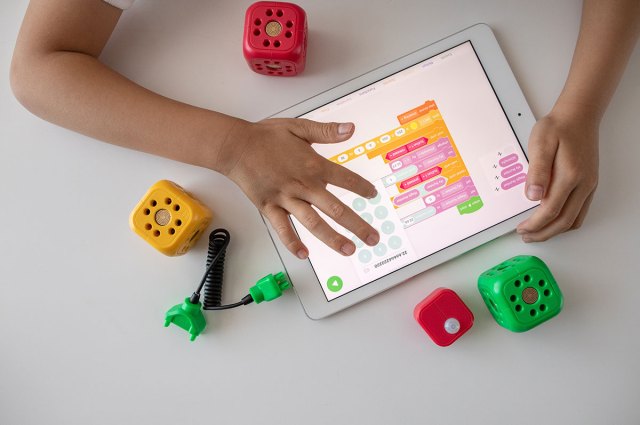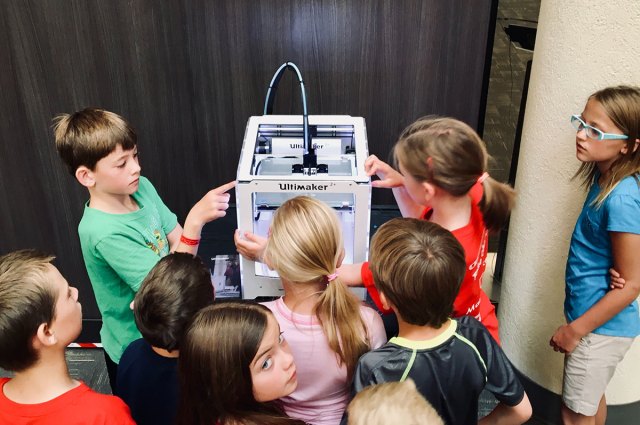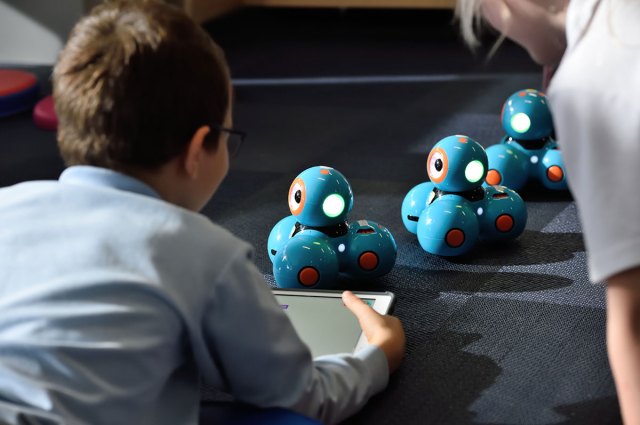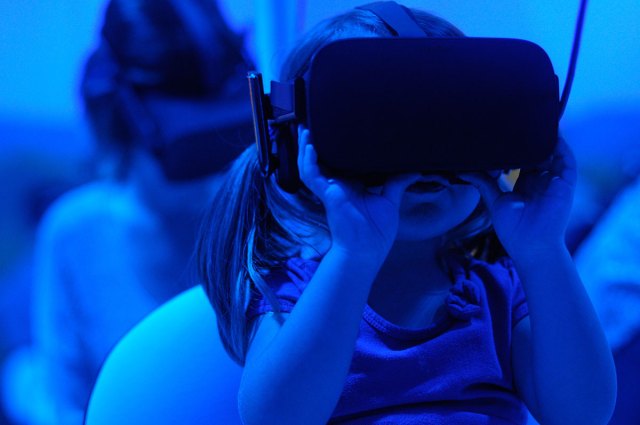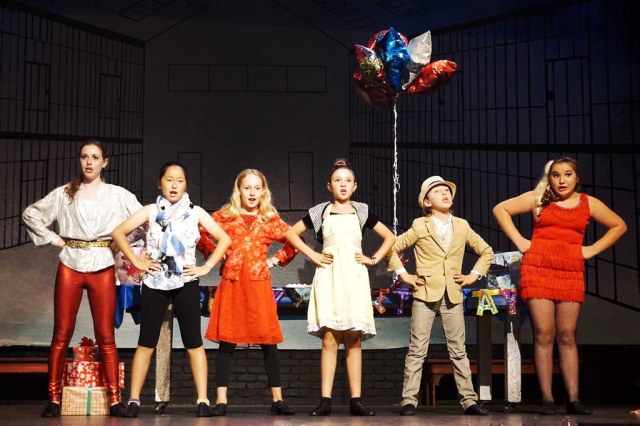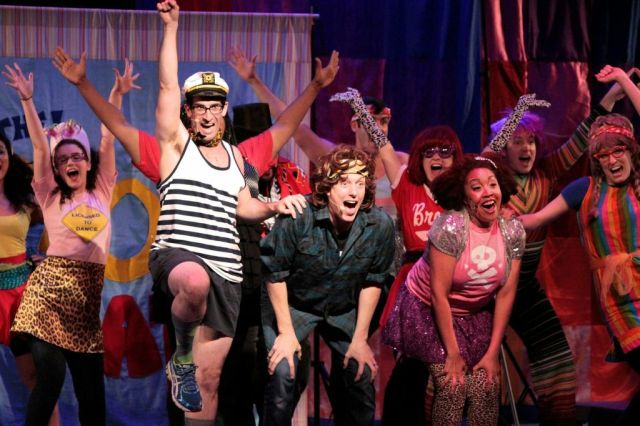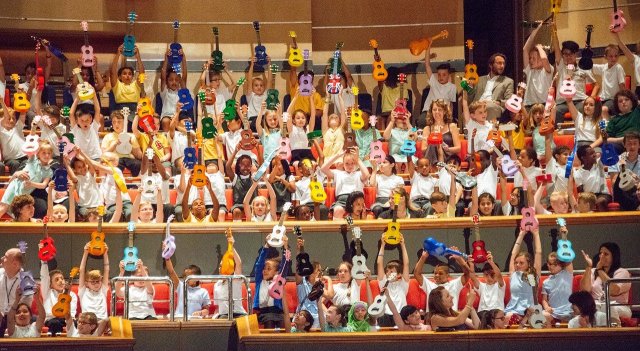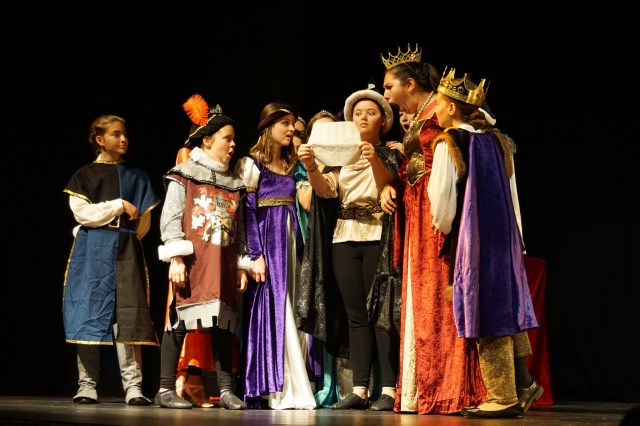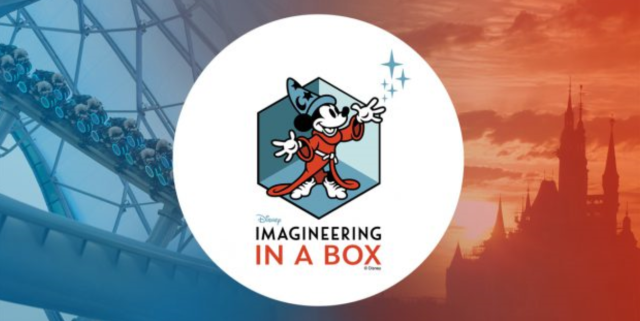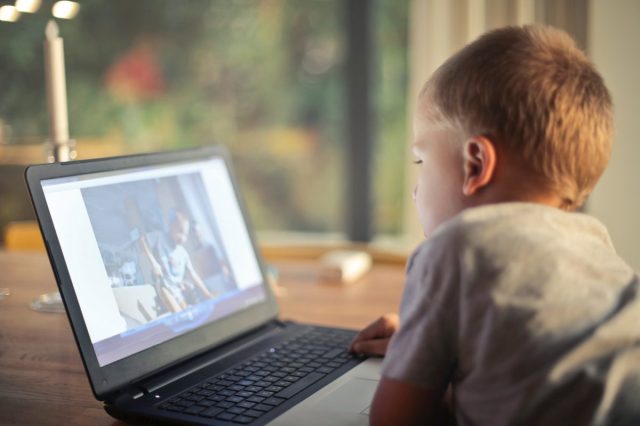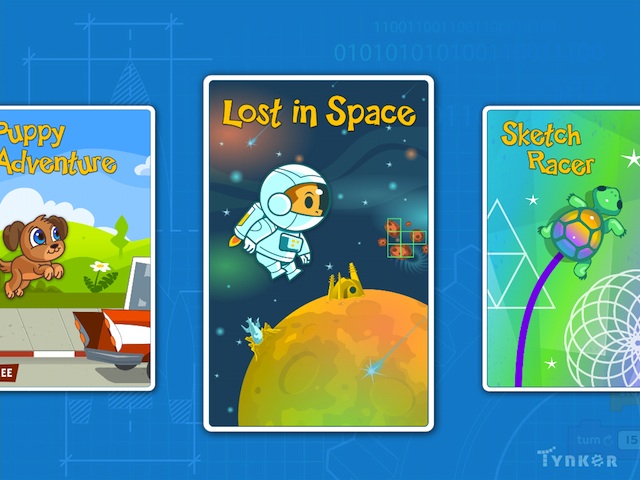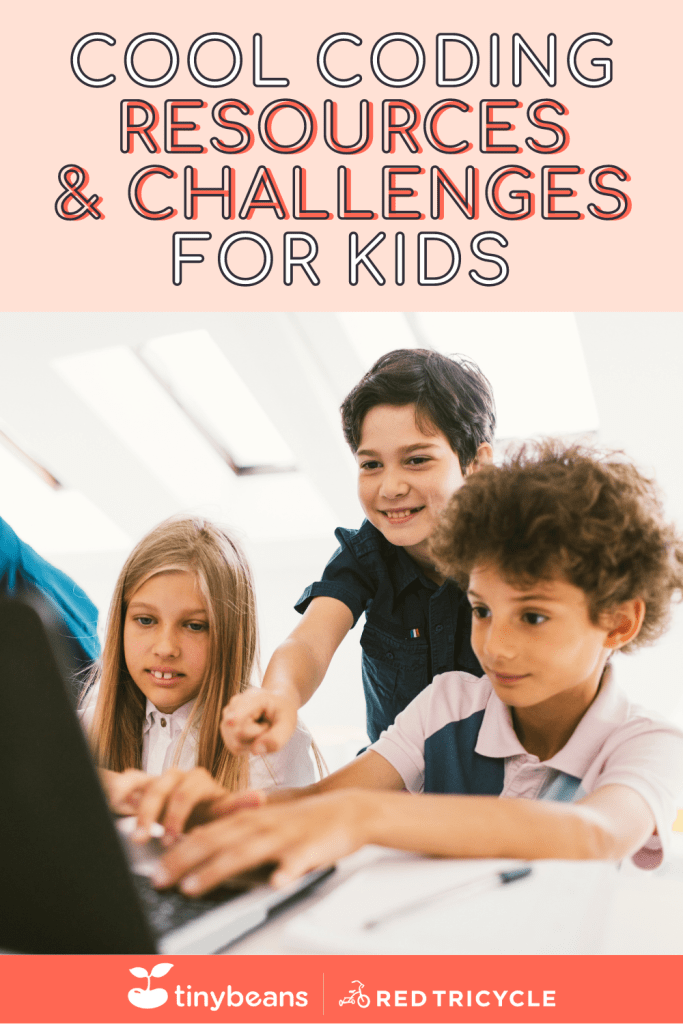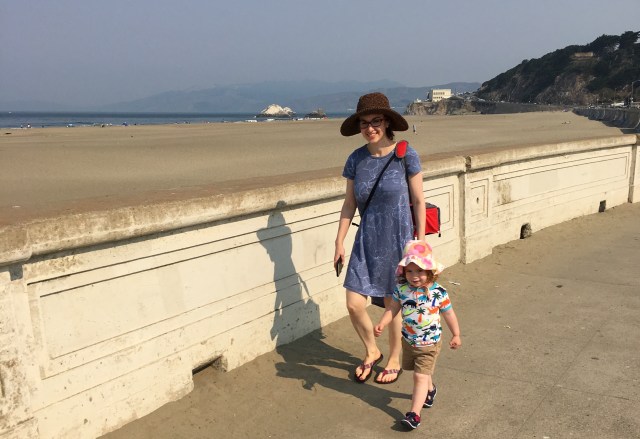Shop small and support local women at these local businesses that are full of heart
March kicks off with International Women’s Day followed by Women’s History month making now the perfect time to show support to the hardworking women of our community. From cafes to coffee stores to cupcakeries, check out these women-owned businesses in the Bay Area and find ways to celebrate the super women in your life while you’re at it.
San Francisco
Kasa Indian Eatery
Lawyer-turned-mom-turned-chef Anamika Khanna brings vibrant Indian flavors to the Bay Area with freshly ground spices and 24 hour marinated meat. With the belief that great food can be cheap and quick, Kasa specializes in delicious kati rolls, a sort of mini burrito that is a traditional Indian street food.

Lady Falcon Coffee Club
Originating from Ocean Beach, this specialty coffee and tea company is led by Buffy Maguire and sells their gorgeously packaged beans from a charming vintage truck on the weekends at Alamo Park. We love both their beans and truck!
Alamo Square Park

Smitten Ice Cream
When Founder and CEO Robyn Sue Fisher invented and patented her own ice cream machine in 2009, she placed her custom-built machine on top of a Radio Flyer wagon and began selling on the streets of San Francisco. Today, you can enjoy churned-to-order, ultra-smooth ice cream using locally sourced ingredients at 5 locations in the Bay Area for a unique freshness you can taste.
Three Babes Bakeshop
With humble beginnings as a pop-up shop from a shipping container in the Mission, Three Babes Bakeshop quickly expanded to farmers markets and their own commercial kitchen. In addition to using local, organic ingredients they also offer a virtual pie class, ‘you bake’ chocolate chip cookie dough and a pie subscription service. Find their delicious treats at the Ferry Plaza Farmer’s Market on Saturdays or pickup orders at their bakeshop kitchen.
Bakeshop Kitchen
2501 Phelps St.
San Francisco, CA
Pre-order pickups & deliveries
Ferry Building Farmers Market
San Francisco, CA
Saturdays 8 a.m.-2 p.m. only
post.script.
Owner Chandler Tang grew up in this neighborhood and opened this gift shop in what she hopes is a ray of sunlight in the community. post.script. is filled with an assortment of whimsical gifts and home goods all designed to bring joy and delight through their clean and modern designs.
2413 California Street
San Francisco
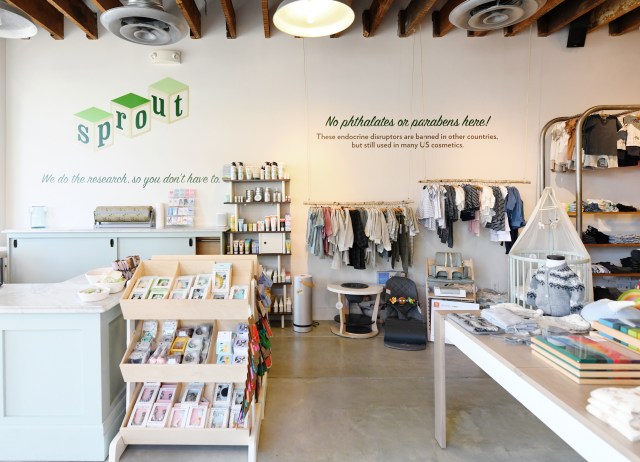
Sprout San Francisco
Inspired by her daughters, owner Suzanne opened Sprout San Francisco to help parents create a healthy home for little ones. With three locations in the Bay Area, this natural, organic boutique is on a mission to bring families the safest, non-toxic children’s products and their green collection includes everything from clothing to furniture.

FTK Martial Arts
Teachers Liza Fernandez and Diandra Thompson are the owners at FTK, short for Fernandez Thompson Kenpo. They create a fun and engaging environment for students to learn self-defense, build confidence and improve discipline. Private and group lessons range in levels from preschool to adults with summer camp also available.
461 Cortland Ave.
San Francisco
East Bay
Tara's Organic Ice Cream
Using fresh herbs and ground spices for a truly unique taste, Tara’s organic, small-batch ice cream is honest, surprising and irresistible—try the black sesame or pink peppercorn!
3173 College Avenue
Berkeley
Minnie Bell’s
Comfort food at its best, Minnie Bell owner Fernay McPherson uses her family’s recipes in creating her legendary rosemary fried chicken that is all the rave in the East Bay. Find her stand at the Emeryville Public Market and don’t forget the corn bread!
Kaleidoscope Coffee
Have you ever wanted coffee or wine and ice cream for the kids.. all at the same spot? This local community hang out, brought to life by owner, coffee lover and storyteller, Cassie Cushing, has it all and more and is the perfect place for the entire family to visit.
109 Park Place,
Richmond
Homeroom Restaurant
This local favorite was birthed from a craving and a dream of opening a unique restaurant. Erin Wade went from lawyer to mac and cheese extraordinaire, bringing you cheesy, made-to-order creations such as pizza mac, garden pesto mac, make it your own and more. Go give the gooey goodness a try.
400 40th St.
Oakland
4007 Webster St.
Oakland
Taiwan Bento
Everyone is familiar with Japanese and Chinese food... but what about Taiwanese food? With food and ingredients sourced from local farms, chef and co-owner Stacy Tang aims to introduce delicious Taiwanese snacks, bento meals and noodles to the East Bay and beyond. Their roasted chicken bento is a must-try along with the brown sugar milk tea!
412 22nd Street
Oakland
When computer scientist Del Rodrigues decided to retire and put her passion for cooking and family recipes to good use, Brazilian Breads came to light. In addition to crunchy, chewy Brazilian cheese breads in guava (our favorite) and other yummy flavors, they serve flavorful traditional meals as well as frozen family take home meals.
1707 Solano Ave.
Berkeley
26 Medway Rd. Suite 7
San Rafael
5 Little Monkeys
Owner Stephanie is the eldest of five little monkeys in her family. She created her environmentally conscience, hands-on, educational toy store with her younger siblings in mind. With her parent’s support—a renowned toy designer and children’s wear manufacturer, she started Five Little Monkeys in 2001. Bring your little monkeys to explore this fun store hands-on at one of their locations in the East Bay, Peninsula and Marin.
Patti's Swim School
Founded by a mother of six with a passion for teaching and aquatics, over 40,000 students have been taught to swim in their outdoor-indoor, residential setting. They focus on water safety and essential skills offering adult swim, special needs and parent and me classes, in private and group lessons.
4621 James Ave.
Castro Valley
Mightly
Mightly
Mightly was started by a kiddo entrepreneur and her fashion savvy mom. Headquartered in Oakland, with their team of women-experts in the field, their online store offers durable, comfortable, environmentally friendly, organic clothes for kids by a kid.
Peninsula/South Bay
Frost Cupcake Factory
After Andrea Buswell was unexpectedly laid off from a corporate job, she took advantage of her creative passion and Frost Cupcake Factory was born. She appeared on the Food Network’s Cupcake Wars and WON so you know her cupcakes are legit…don’t leave her store without at least a dozen cupcakes in tow.
1305 North Bascom Avenue Suite i,
San Jose

Zareen’s
Chef and owner Zareen Khan quit corporate life to bring contemporary Pakistani and Indian food to three locations across the Peninsula. With rave reviews and a cult-like following, you will find lines at any of the locations because the food is just that good. We love the chicken biryani with a mango lassi to wash it all down.
1 Oz Coffee
In 2008, Yulia Kolchanova moved to the U.S. from Siberia with her husband and three sons, learned how to speak English and four years later, opened a coffee shop that crafts high quality espresso drinks, 1 ounce at a time.
650 Castro St, Suite 130
Mountain View
3051 Tasman Dr
Santa Clara
Kjersti Nelson Running + Therapy
A running coach, mental health therapist and yoga instructor, Kjersti can help you meet your running and fitness goals while also providing talk therapy. Online therapy and coaching is also available if that's more your cup of tea.
Tassels
Run by three generations of ladies, Tassels have been dressing little ones in the Los Gatos area and beyond for 29 years. They specialize in sustainable, quality fashion and are famous for their custom design t-shirts and hair bows.
44 Elm St.
Los Gatos

Bay Area Pet Pals
Owner Lynda and her knowledgeable team bring you over 26 years of experience in caring for various pets. Services include dog walking, pet sitting and dog boarding in several areas of the Peninsula. They are licensed, bonded and insured and trained in pet first aid.
San Mateo, CA
allARTstudio
This art school is founder and art instructor Alla’s long-time dream and she created this studio to encourage and develop art creativity in children and adults. In addition to painting, portraits and figure drawing classes, they also offer mommy and me classes, workshops, summer camps and birthday parties.
1060 El Camino Real, Suite E
Redwood City
Marin
Cowgirl Creamery
College friends Sue Conley and Peggy Smith dreamt of sharing the craftsmanship and agricultural practices of organic farmers in Marin and Sonoma counties which led to Cowgirl Creamery. Their artisan cheeses are staple in many Bay area stores as they remain committed to their community and farmers.
Purple Monkey
Owned by a Marin mom, Purple Monkey in Tiburon is a kiddo centered salon using natural products, with a team of experienced stylists. The salon is loaded with toys, movies and games, ready to cater to the littlest customers and their grown-ups. They're also an official sponsor of Locks of Love, handling the process, if you wished to donate your hair.
1550 Tiburon Blvd. Suite N
Tiburon
Fit4moms
Is the nation’s leading pre and postnatal health and fitness company by moms for moms. They offer more than just fitness classes, providing mamas nationwide support and community as well as the opportunity to restart their careers as mompreneurs through their franchise opportunities. Check out one of their many work out programs with locations all around the Bay.
Online: fit4mom.com
Performing Arts Academy of Marin
PAAM specializes in theatre arts, tap, ballet, hip hop and other dance forms. Founder Annie and the stellar team of instructors provide expert training to build the confidence your young artists need to shine and offer in-person, virtual and summer camp programs.
60 Belvedere Dr.
Mill Valley
Additional reporting by Nella DuBon-Koch









